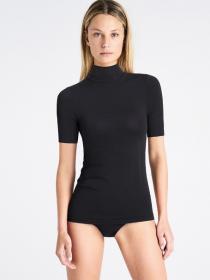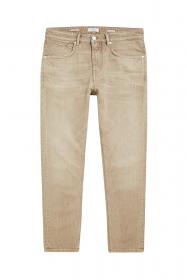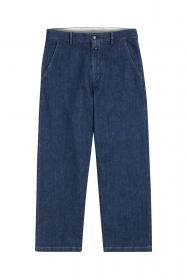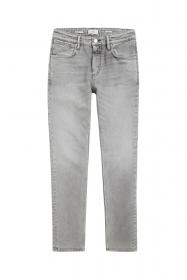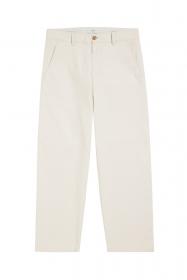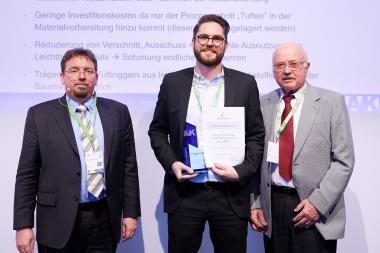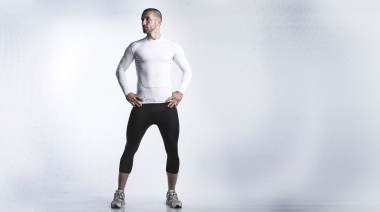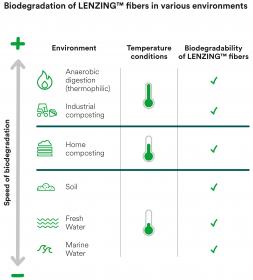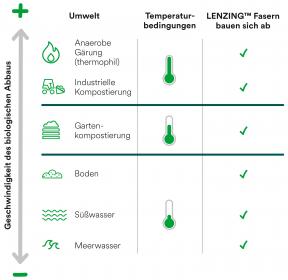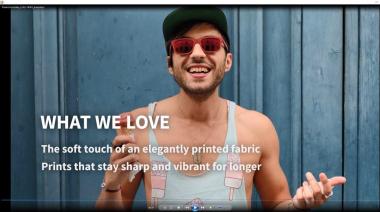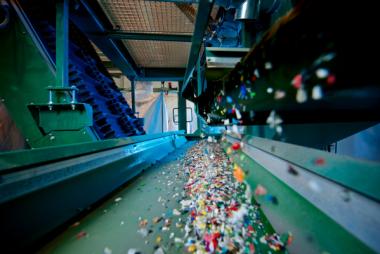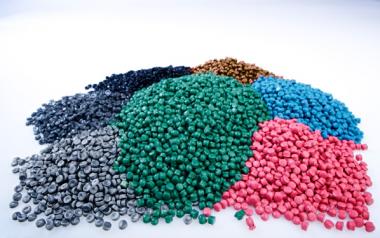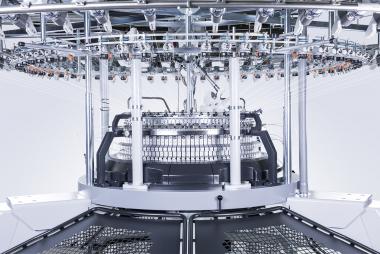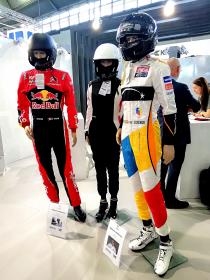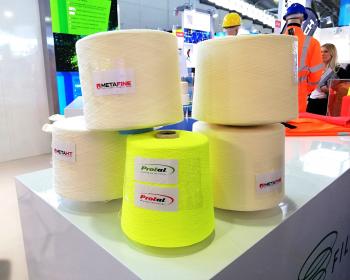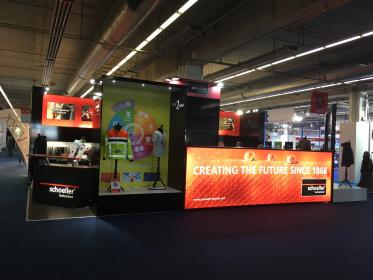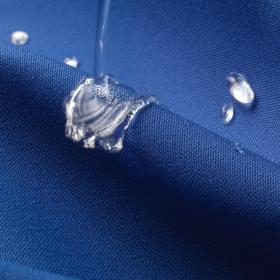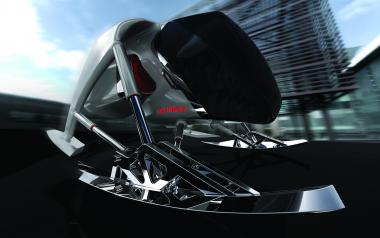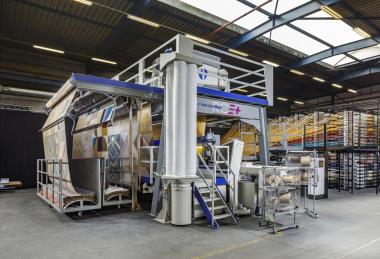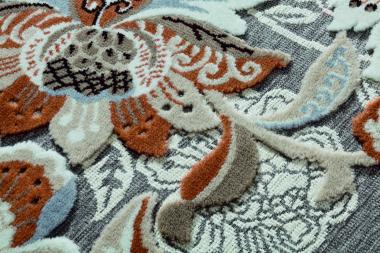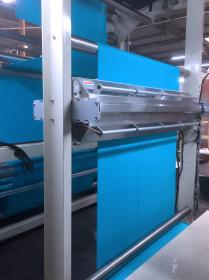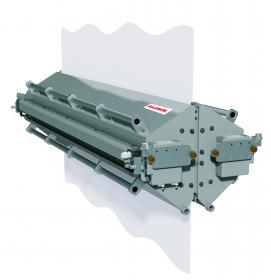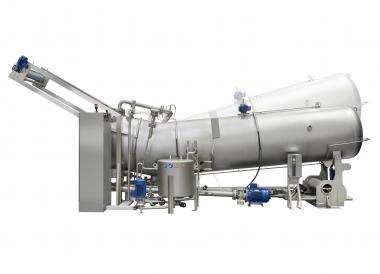ROICA™ launches its new smart strategy at Intertextile Shanghai
Shanghai - ROICA™ lands in Shanghai to showcase its complete range of premium stretch fibers for the modern wardrobe and disclose its visionary approach and strategy for a cutting-edge and sustainable fashion.
On show, leading material innovator Asahi Kasei introduces a premium stretch fiber starting from the ultimate ROICA Eco-Smart™ Family. The certified and multi-awarded range has astonished the textile world for its hyper-performative features. “The new premium stretch is synonymous of transformation: from standard to speciality, from basic to special, from ordinary to clever and from standard to Smart.” Explains Shinichiro Haga, Senior Executive Manager - ROICA™ Division.
Sustainability and a responsible approach are the true core of research and development to create high-tech engineered yarns.Such visionary imprint imbues all ROICA™ innovations:
- ROICA Eco-Smart™ family: A true world-first with the most contemporary sustainable range of responsibly produced premium ingredients. ROICA Eco-Smart™ family offers 2 sustainably designed stretch yarns
- ROICA™ EF is GRS by Textile Exchange certified, thanks to the fact that more than 50% of yarn content comes from the recycling of pre-consumer waste.
- ROICA™ V550 yarn got the Cradle-to-Cradle® Innovation Institute’s GOLD LEVEL Material Health certificate for impacts on human and environmental health. This yarn is also Hohenstein Environment Compatibility Certificated, signifying at its end-of-life, ROICA ™ yarn smartly breaks down without releasing harmful materials.
- ROICA Feel Good™ family: A unique range of advanced stretch yarns that deliver personal performance and measurable wellness, freshness and comfort metrics for travel, sport, leisure and more.
- ROICA Colour Perfect™ family: A range of yarns that can give excellent, flawless and world unique colour dimensions in advanced fit solutions.
- ROICA Resistance™ family: A high performance range of stretch solutions with performance resistance designed for match particular applications.
- ROICA Contour™ family: A range of yarns that create new shaping, stretch and silhouette solutions for a calibrated fit, effortless control, softness, comfort and support.
ROICA™ already entered the most advanced collections of leading brands as: Wolford for exceptional European Skinwear including legwear, Sarah Borghi for hosiery, SITA Active for Smart pret-a-porter, Daquini for athleisure, Livy for sensual lingerie, SCOTT Racing Team for cycling uniforms, Closed for denim, Un-Sanctioned for running suits, Vitamine A for beachwear and many others.
In Shanghai, ROICA™ is set to stand out as leader in Smart Innovation. As tangible proof of this, the company brings to Intertextile Shanghai some of its ultimate collaborations across China and the Far East.


